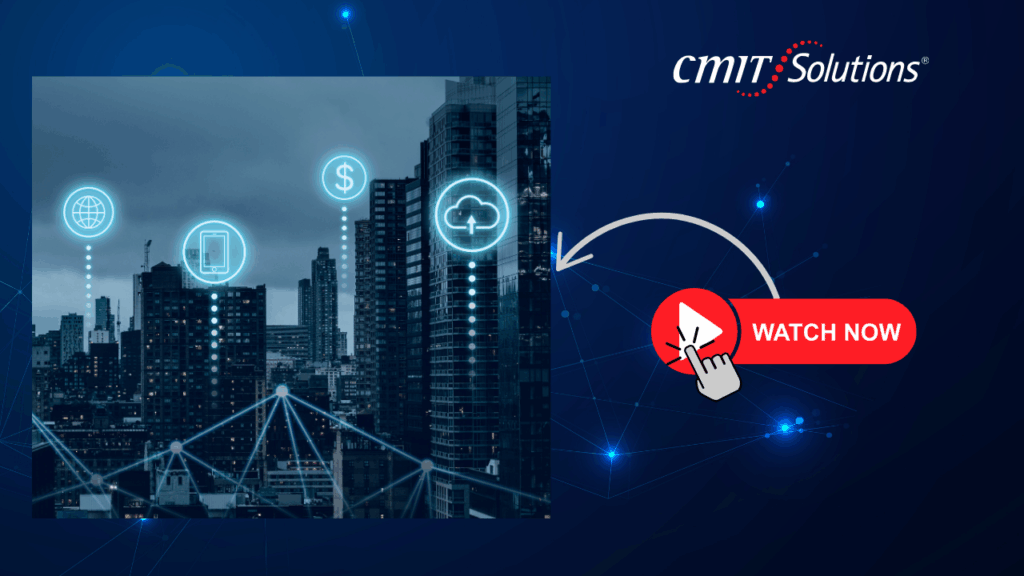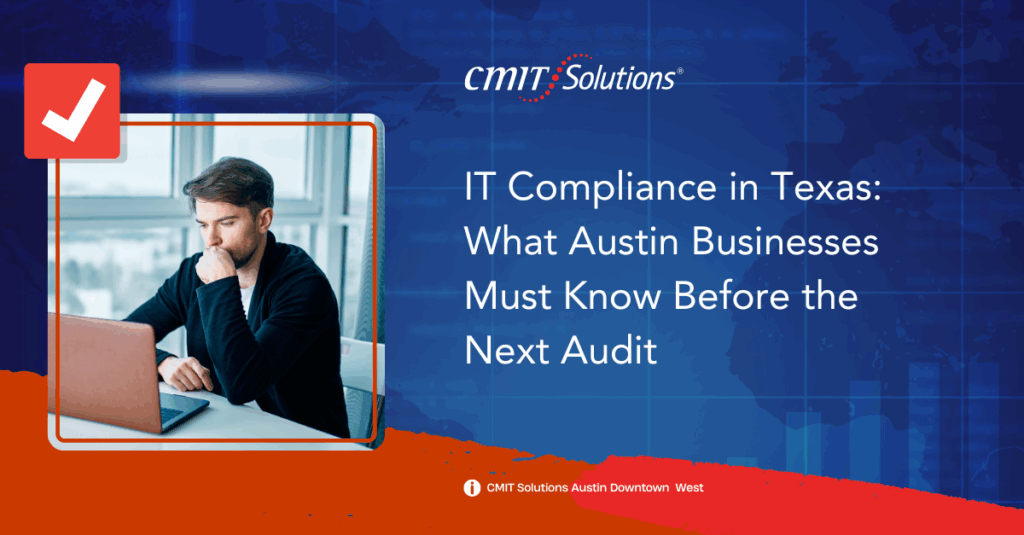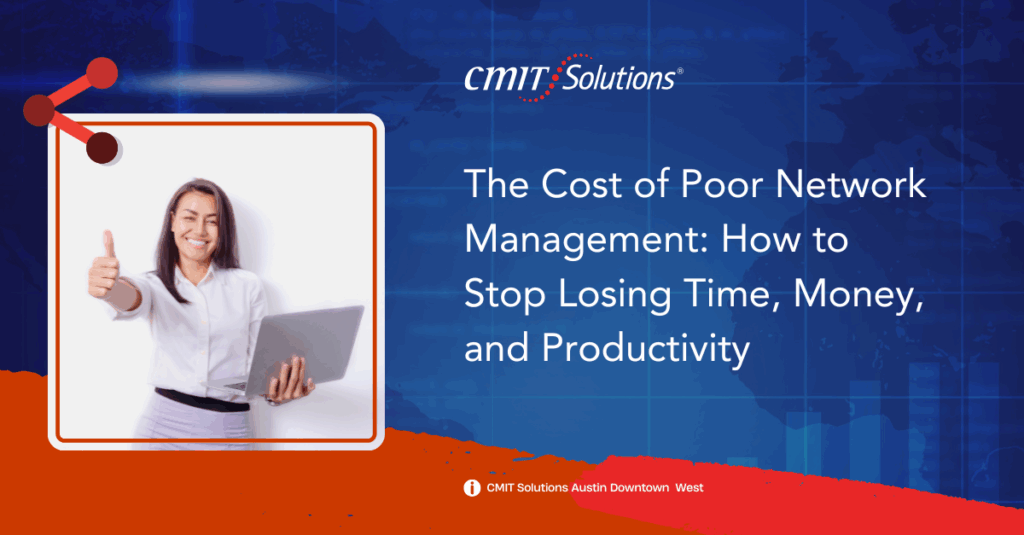Introduction: The Next Leap in Connectivity
While 5G is still rolling out across Texas, many forward-thinking businesses in Austin are already looking ahead to the 6G horizon. The promise of lightning-fast speeds, ultra-low latency, and intelligent networking could reshape the way local companies operate, collaborate, and compete.
To stay future-ready, it’s essential to understand what 6G is, how it builds on today’s technologies, and what steps businesses can take now to prepare. In this blog, we’ll explore 6G’s transformative potential and highlight how network management improvements and future-proof IT strategies can make all the difference.
What Is 6G?
6G refers to the sixth generation of wireless communications technology. It is expected to be 100 times faster than 5G and capable of supporting advanced applications like holographic communication, ultra-precise location tracking, and real-time AI interaction.
Unlike 5G, which emphasizes mobile broadband and IoT connectivity, 6G will rely heavily on distributed computing, edge intelligence, and massive-scale data processing. Austin businesses poised to benefit from AI-powered productivity will find 6G essential for real-time decision-making.
Why It Matters to Austin Businesses
As a hub of innovation and entrepreneurship, Austin is already home to companies experimenting with smart cities, autonomous systems, and connected infrastructure. 6G offers the framework to bring these visions to life.
From healthcare to manufacturing to real estate, industries that rely on ultra-reliable low-latency communication (URLLC) and real-time analytics will gain a competitive edge. Firms already investing in managed IT services are ahead of the curve.
Enhanced Security with 6G
Security will evolve alongside 6G. With so many devices connected and sharing sensitive data, firms must rethink how they handle digital risk. Cybersecurity frameworks will need to incorporate real-time threat detection, AI-assisted defenses, and decentralized authentication.
Zero-trust architecture and HIPAA-compliant solutions will become the new standard, especially in sectors that manage personal or financial information.
Boosting Collaboration Through 6G
6G will make real-time, immersive collaboration possible—even for globally distributed teams. Think beyond Zoom and Teams; holographic conferencing and synchronized AR environments will enable richer interaction.
Austin firms embracing unified communications can scale that investment with 6G to foster deeper connections across departments and locations.
Business Continuity and Data Backup
6G will offer more resilient, self-healing network capabilities. That means fewer downtimes and faster recovery during disruptions. Companies already using automated backup solutions can layer 6G into their continuity plans for even greater resilience.
With real-time syncing and edge computing, mission-critical operations can stay online even if centralized systems go down.
Real-Time Analytics and AI
One of the most exciting applications of 6G is its support for AI-driven insights. Businesses will be able to process vast amounts of data on the edge, gaining real-time feedback and instant analysis.
This is key for industries requiring precise timing—like healthcare, energy, and logistics. With support from AI-powered IT solutions, organizations can extract smarter insights, faster.
Redefining IT Support
The shift to 6G will also redefine the role of IT support. Proactive monitoring, AI troubleshooting, and predictive diagnostics will become foundational. Managed service providers will help firms navigate these new realities with real-time monitoring and hands-free maintenance.
With higher bandwidth and more devices, IT infrastructures will be more complex—making expert IT guidance more critical than ever.
Compliance in the Age of 6G
As 6G expands data flow and access, compliance standards will shift. Austin businesses must prepare to update their frameworks and documentation practices.
From Texas IT compliance to international standards like GDPR and CCPA, real-time enforcement and auditable records will be key.
Building Digital Trust
In a hyperconnected 6G world, customer confidence will hinge on trust. Maintaining digital trust means ensuring uptime, data integrity, and clear communication.
Businesses that demonstrate reliability will attract and retain clients who demand seamless, secure service.
Conclusion: Take the Next Step
6G isn’t here yet—but it’s coming fast. For Austin firms that want to lead instead of lag, now is the time to build the infrastructure, policies, and partnerships that will support this generational leap in connectivity.
Through proactive planning, smart automation, and expert support, businesses can prepare for a future where speed, intelligence, and security are built into every network interaction.







